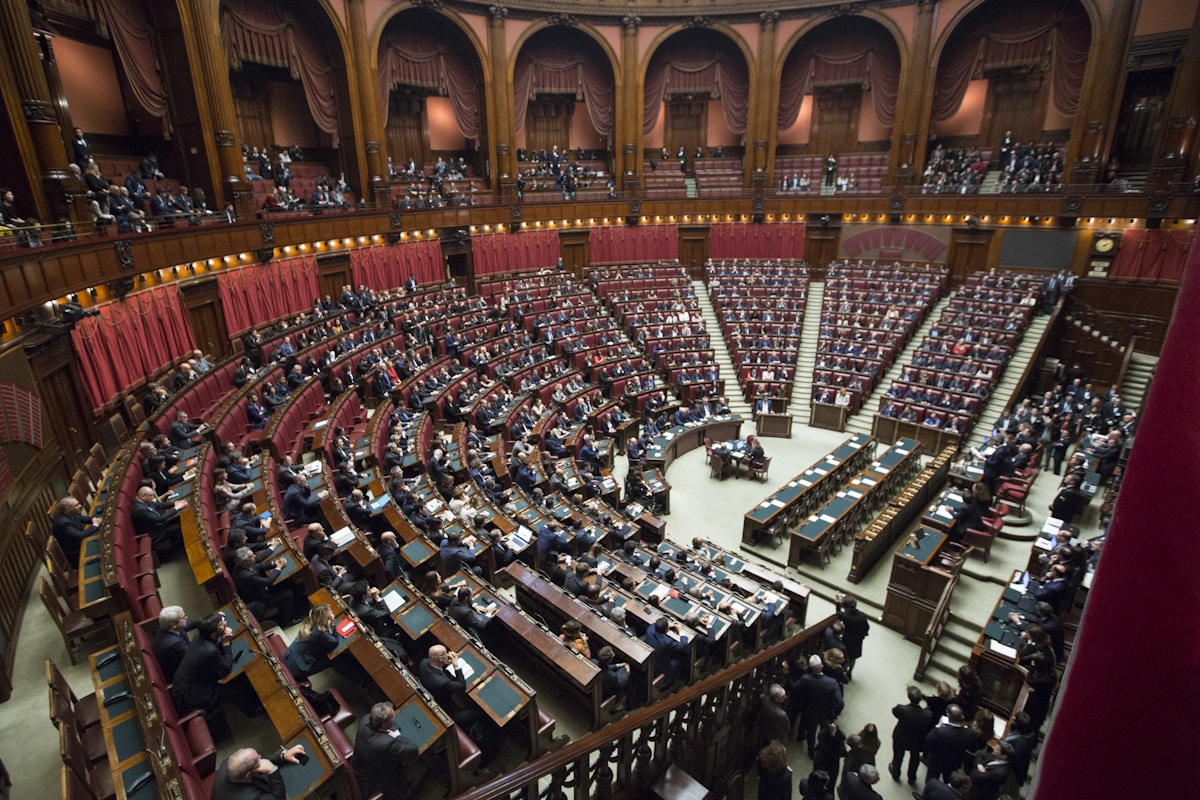WASHINGTON – The federal government shutdown has entered its second week with no resolution in sight, as congressional Democrats and Republicans remain deeply divided over healthcare subsidies and federal spending priorities. The ongoing crisis has left more than two million federal employees furloughed and critical government services disrupted nationwide.
The current standoff began on October 2, 2025, when Congress failed to pass a continuing resolution to fund government operations. Republicans are pushing for a short-term funding extension through late November, while Democrats insist on addressing healthcare subsidies for disadvantaged populations as part of any budget agreement.
President Donald Trump announced over the weekend that permanent layoffs of federal workers have begun, rather than the temporary furloughs typically seen during government shutdowns. “This is happening right now. And it’s all because of the Democrats,” Trump told reporters at the White House. “The Democrats are causing a lot of job losses.”
Treasury Secretary Scott Bessent acknowledged concerns about the economic impact, stating he fears “an impact on GDP and growth” if the shutdown continues. The prolonged closure threatens to affect millions of Americans who depend on federal services, from airport security to national parks.
Military families in Hampton Roads, Virginia, are among those facing significant hardship as military contractors see their work paused. The shutdown also threatens funding for infrastructure projects, particularly in Democratic-led states.
Political analysts warn the impasse could last weeks rather than days. “Both parties remain firm and there is very little talk of compromise,” said Andrew Koneschusky, former advisor to Senate Majority Leader Chuck Schumer. “Things can always change, but for now neither side seems willing to budge.”
The 2025 shutdown is still far from the record 35-day closure that occurred between December 2018 and January 2019 during Trump’s first term. However, the current crisis represents a “maximum suffering” strategy according to observers, with Trump freezing federal funds to Democratic states and threatening massive layoffs.
Source: AFP/UOL Notícias







